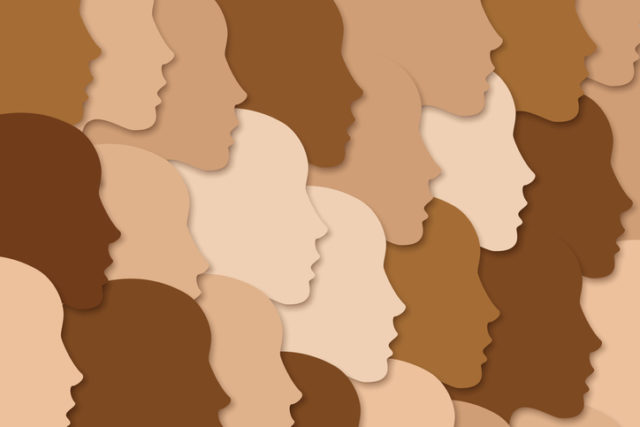
It’s no secret that patient enrollment is one of clinical research’s biggest hurdles. According to an analysis of trials listed, 55% of terminated trials were ended because of low patient enrollment. The analysis also reported that Phase III and Phase IV trials have an enrollment efficiency of less than 40%. Yet another analysis found more than 80% of studies do not enroll on time, often leading to a study extension or additional research sites.
The problem isn’t just enrollment, it’s also the enrollment of diverse patients. Racial and ethnic minorities, specifically Black or African American, Hispanic/Latino, Indigenous and Native American, Asian, Native Hawaiian/Other Pacific Islanders, and other persons of color, have long been underrepresented in clinical trials. A 2021 study reviewed the diversity data from a group of cardiovascular trials and found 46% of the trials had less than 25% Black participants even though Black patients are usually more susceptible to heart disease. Another study from 2021 looked at a cross section of U.S.-based vaccine trials and found only 11.6% of the total patients were Hispanic/Latino, 10.6% Black or African American, and 0.4% American Indian/Alaska Native.
Clinical trials are intended to ascertain if a new medicine, therapy, or product is safe and effective. As different people have different responses to different treatments, a trial that isn’t representative of the intended use population might lead to an ineffective or unsafe treatment. Increasing the speed and diversity of enrollment is essential to efficiently develop products that will safely serve a broader swath of the population. But to increase the speed and diversity of enrollment, we must ask: where are all the patients?
They’ve been here all along
The diverse patients we need for clinical research are where they’ve been all along: in their communities, being treated by their trusted physicians. A Tufts Center for the Study of Drug Development survey report found that, of the academic medical centers (AMCs), community hospitals, and private-sector sites surveyed, only 6.6% and 10.4% of AMC and hospital research patient populations were Black and Latinx, respectively, but private-sector sites had 31.8% Black and 17.3% Latinx participants.
In other words, community research sites and private practices easily beat AMCs and hospitals in clinical trial diversity. Therefore, perhaps the question is not “where are the patients?” but rather, “how do we reach them?” And the answer to that question is electronic health record (EHR) data.
Leveraging EHR data to accelerate and diversify clinical trial enrollment
If you want to accelerate and diversify patient enrollment in your clinical trials, you must work with a provider that harnesses EHR data and supports community-based practices.
When a provider forms data partnerships with health systems, they can amass massive databases of EHRs, and, when they clean and standardize the EHR data using AI, NLP, and other machine learning, they are able to create a network of known patients. The patients are known because the provider can see if they meet inclusion/exclusion criteria for any given study and know who their trusted physician is as well as where that physician practices.
The EHR data are how we identify patients, but community-based practices are how we connect with them. Therefore, you must also work with a provider that mindfully connects with found patients’ primary care practices, pharmacies, and other community providers to properly engage the patients in research participation. Additionally, the provider must supply the community providers in traditionally underserved and underrepresented areas with the infrastructure and support they need to participate in research, thereby ensuring the availability of qualified sites and patients in diverse areas.
EHR data allow us to quickly find diverse patients for any given study, while site services allow the community practices those patients trust to easily participate in the study. The result? Efficient enrollment of more diverse patients.
We’ve always known that patients are out there — but EHR data are the map we need to find them, connect with them, and ultimately engage them in the development of new medicines, therapies, and products that will safely serve everyone in need, regardless of race or ethnicity.
Photo credit: Andrii Shyp, Getty Images








